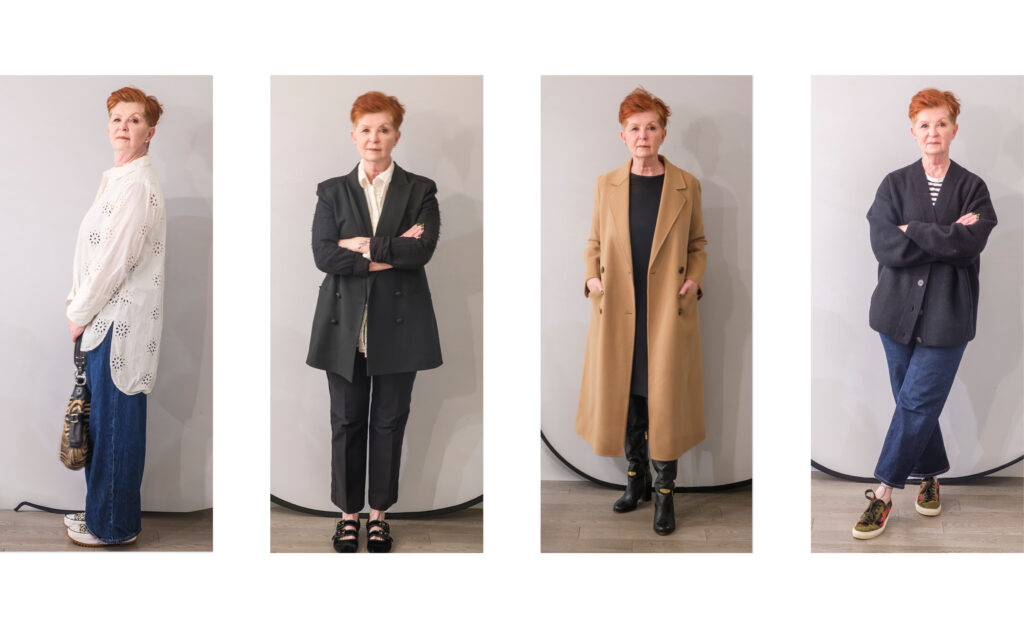by Dr. Maureen Sweeney, Live Young Medical –
May is skin cancer awareness month. How many cancers do you know of that can be prevented? Skin cancer in its various forms is the most common cancer and can largely be prevented. Ultra violet radiation from sunlight is the number one cause of skin cancer. You are at greater risk of developing skin cancer:
• If you have lighter skin and eye colour;
• As you age;
• If you have had three blistering sunburns;
• If you use tanning beds; and
• If you are frequently outside, even in Canada.
There are two broad groups of skin cancer that result from UV exposure: melanoma and non-melanoma. All arise most frequently on sun-exposed skin: face, head, ears and neck. The most common form of fatal skin cancer, melanoma is fast growing, is not always dark in colour, may spread from where it develops to other distant organs and can also occur in non-sun-exposed areas of the skin and on mucous membranes such as the mouth. In 1935 melanoma occurred in one in 1,500 individuals; in 2010 the rate grew to one in 50 people. Non melanoma cancers – squamous cell and basal cell – are slower growing and tend to be localized.
Prevention and early detection through screening is cornerstone to lowering the burden for all types of skin cancer. If caught early there are a variety of treatment options and excellent cure rates. Use this self-exam and ABCDE guidelines from the Canadian Dermatology Association to perform your own self assessment: http://www.dermatology.ca/wp-content/uploads/2012/01/MMPoster2009-EN.pdf.
- There are a number of measures for prevention by limiting exposure to UV rays:
- Apply sunscreen, even when it’s not sunny; don’t forget your lips. DNA-damaging UVA, UVB and UVC radiation is not blocked by cloud cover.
- Use broad-spectrum sunscreen that protects against all three UV wavelengths.
- Sunscreen with SPF of 30+ that is water resistant is the best choice. Apply at least 10ml.
- Apply to exposed areas 30 minutes before you go outside; reapply every three to four hours, more frequently if sweating or swimming.
- Wear a hat. It’s easy to forget about your scalp. Wearing a hat with a brim adds protection to your eyes, ears, forehead, neck and nose.
- Powder sunscreens can also be used to protect the scalp and hair line.
- Cover up. Clothes don’t block all UV rays, but the more covered you are, the more protected you’ll be.
- Minimize sun exposure. Stay indoors or in the shade when the sun’s rays are most intense – typically between late morning and early evening.
Sunshine makes us feel better and is essential to life, so enjoy the rays but keep your skin protected – you will have less risk for cancer and your skin will be healthier and look better.




